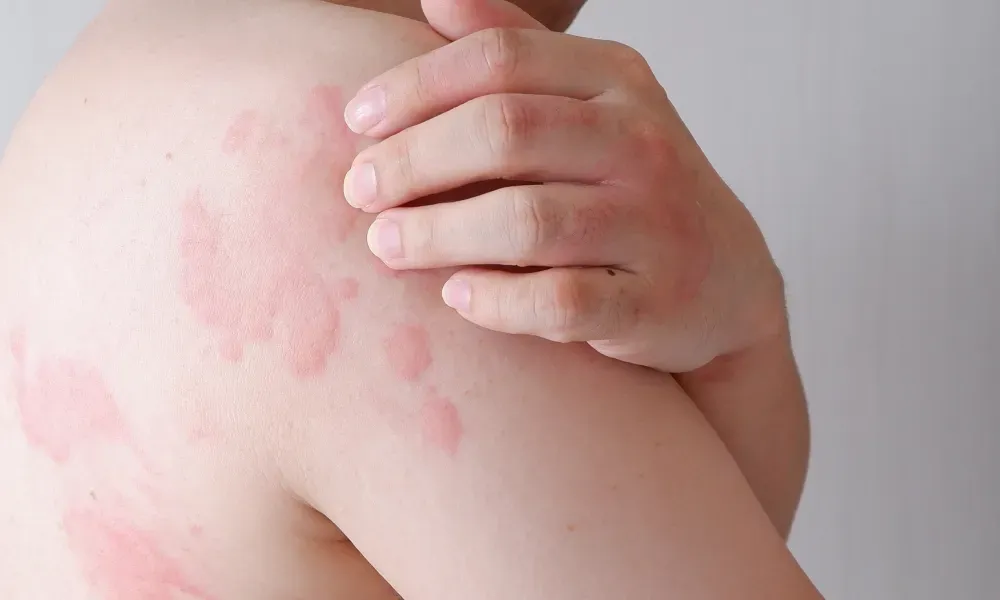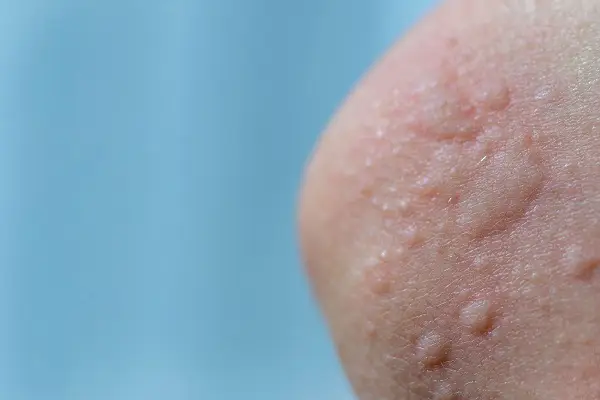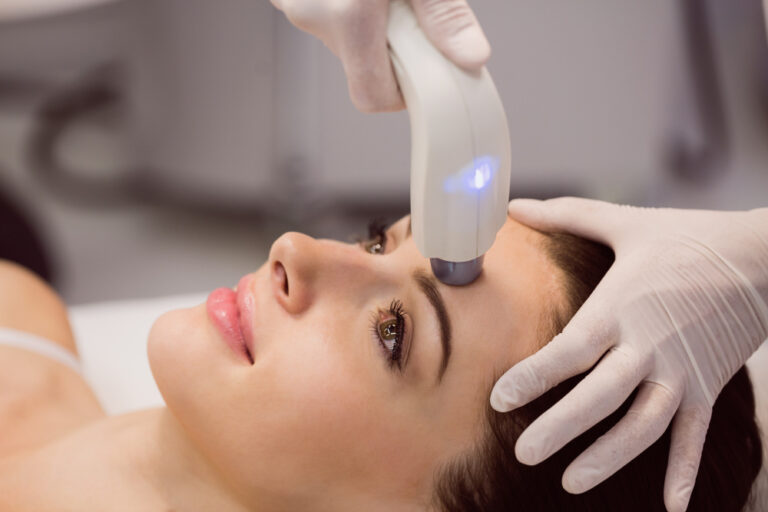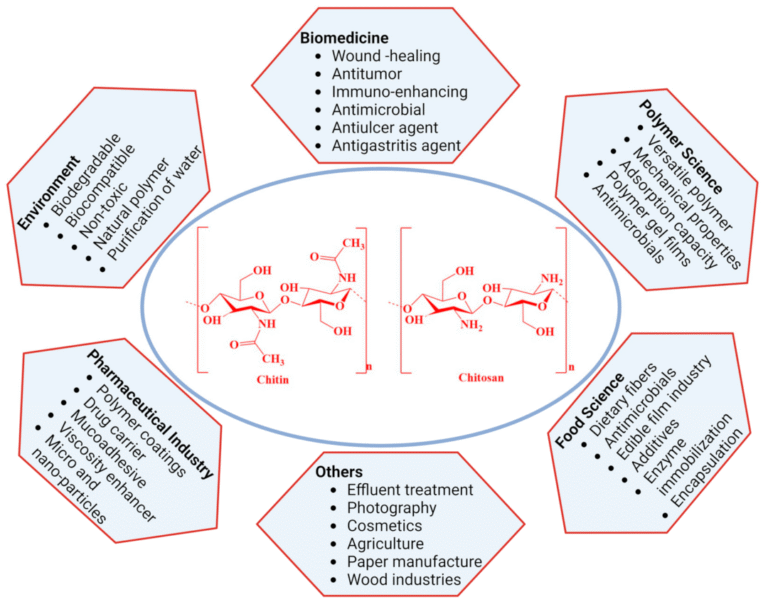
Cholinergic urticaria is a rare but distressing skin condition that occurs when the body responds negatively to heat, sweat, or physical exertion. It is a type of hives triggered by a rise in body temperature, typically caused by exercise, stress, or hot environments. Unlike traditional allergic reactions, which involve external allergens, this condition is self-induced, making it particularly frustrating to manage.
When someone with cholinergic urticaria starts to sweat, their immune system reacts abnormally. The body releases histamine, leading to small, itchy, red welts that appear on the skin. These hives can be accompanied by a burning sensation, tingling, and even swelling in more severe cases. The rash often develops on the chest, back, arms, and face, areas where sweat glands are most active.
This condition arises from an overactive immune response to acetylcholine, a neurotransmitter involved in stimulating sweat production. When body temperature increases, acetylcholine triggers sweat glands, but in individuals with cholinergic urticaria, the immune system mistakenly perceives this as a threat, leading to an allergic-like reaction.
Sweating is a natural thermoregulatory process, but for those with cholinergic urticaria, it can be a nightmare. The release of sweat causes the immediate onset of hives, making physical activity, hot showers, and even emotional stress potential triggers. Many individuals with this condition experience heightened sensitivity, meaning even slight increases in body temperature can provoke an outbreak.
Cholinergic urticaria is considered an uncommon condition, but it is not unheard of. It is more frequently diagnosed in young adults and adolescents, though it can persist into adulthood. Because it is often misdiagnosed as a general heat rash or exercise-induced allergies, many sufferers may not receive proper treatment or guidance.
The Telltale Signs of Sweat-Induced Hives
Symptoms of cholinergic urticaria include small, red, itchy bumps that appear shortly after sweating begins. These hives may be surrounded by a reddish halo and can merge to form larger patches of irritated skin. The itching and discomfort typically subside within an hour after cooling down.
For most individuals, symptoms develop within minutes of increased body temperature. The reaction is often sudden and can progress rapidly, leading to intense discomfort and itching during physical activity.
While some individuals experience only mild itching and redness, others may suffer from severe swelling, difficulty breathing, or even anaphylactic-like reactions. Understanding the severity of your symptoms is crucial for determining the best management strategies.
Exercise isn’t the only culprit. Hot showers, spicy foods, emotional stress, and exposure to warm environments can also trigger an outbreak. Learning to identify these triggers can help minimize flare-ups.
If symptoms persist, worsen over time, or interfere with daily activities, seeking medical advice is essential. A dermatologist or allergist can provide proper testing and treatment options.
What Causes Cholinergic Urticaria?

Acetylcholine plays a critical role in activating sweat glands, but in individuals with cholinergic urticaria, the immune system misinterprets its effects as harmful, resulting in an inflammatory reaction.
The immune system mistakenly targets sweat-induced processes, leading to histamine release and inflammation. This overreaction creates the uncomfortable itching and burning sensation associated with this condition. People with cholinergic urticaria often have heightened sensitivity to temperature changes, making it difficult to tolerate hot weather or high humidity.
While the exact cause remains unclear, genetic predisposition and environmental influences, such as allergens or autoimmune factors, may contribute to its development. Stress exacerbates the condition by increasing body heat and stimulating sweat production. Managing stress through relaxation techniques can help reduce flare-ups.
How Doctors Identify This Condition
A thorough medical history, symptom tracking, and physical examination are key in diagnosing cholinergic urticaria. Doctors may also conduct provocation tests to induce a reaction under controlled conditions.
Skin prick tests, histamine level assessments, and sweat-inducing exercises can help confirm the diagnosis and rule out other similar conditions. Cholinergic urticaria is often confused with heat rash, exercise-induced anaphylaxis, or contact dermatitis. Proper diagnosis is crucial for effective management.
Many individuals receive incorrect diagnoses due to the similarity of symptoms with other allergic reactions. Consulting a specialist ensures a more accurate assessment. Tracking triggers, reaction severity, and frequency can help doctors tailor a personalized treatment plan.
Treatment and Management Options
Effectively managing cholinergic urticaria requires a multi-faceted approach that addresses both symptom relief and prevention. While there is no definitive cure, individuals can significantly reduce flare-ups and discomfort through medications, lifestyle changes, and proactive measures. The key to managing this condition lies in understanding personal triggers, controlling body temperature, and minimizing the immune system’s overreaction. Below are several strategies that have been found effective in reducing the frequency and severity of outbreaks.
- Antihistamines. Over-the-counter and prescription antihistamines can help prevent and minimize outbreaks by blocking histamine release.
- Cooling Down Techniques. Taking cool showers, using fans, and staying hydrated can lower body temperature and prevent hives from developing.
- Medications. In some cases, beta-blockers or immune-modulating medications are prescribed for severe cases.
- Home Remedies. Oatmeal baths, aloe vera, and anti-itch creams provide temporary relief for irritated skin.
When to Consider Immunotherapy for Long-Term Relief
Immunotherapy is an advanced treatment approach aimed at modifying the immune system’s response to allergens or triggers. In the case of cholinergic urticaria, immunotherapy may be considered for individuals whose symptoms are severe, persistent, and resistant to conventional treatments such as antihistamines and lifestyle modifications. This form of therapy works by gradually desensitizing the immune system to the triggers that cause flare-ups, ultimately reducing the frequency and intensity of outbreaks.
Allergen-specific immunotherapy, such as subcutaneous immunotherapy (SCIT) or sublingual immunotherapy (SLIT), may be recommended depending on the individual’s allergic profile. Some research also suggests that biologic medications, such as monoclonal antibodies targeting IgE or inflammatory pathways, may provide long-term symptom control for those with severe cases.
Before opting for immunotherapy, it is essential to consult an allergist or immunologist to assess suitability. The process can take months or even years to show significant improvements, but for many, it provides lasting relief and improved quality of life






